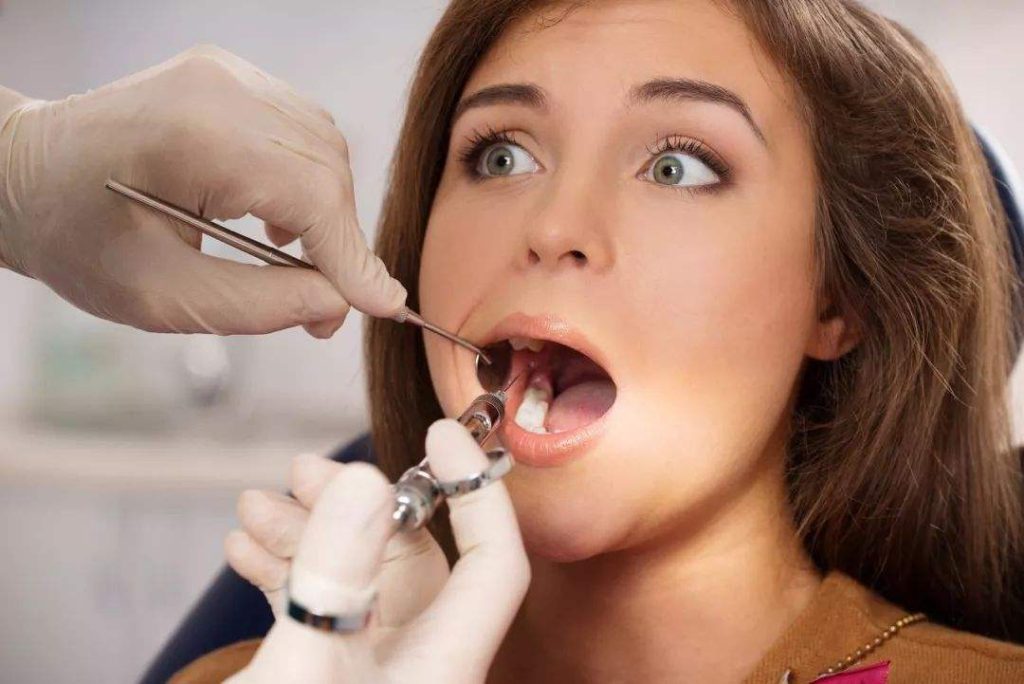Hey there, friend! If you’ve just had a tooth pulled, you’re probably already counting down the minutes until you can get back to your gym routine or that morning jog. I get it—staying active is part of feeling like yourself. But let’s chat about why patience matters here, and how to ease back into movement without messing up your recovery. Trust me, your mouth (and future self) will thank you for taking it slow.

First Days: Rest is Key (24-48 Hours Post-Op)
Right after the dentist sends you home, your body’s in repair mode. That little socket where your tooth was needs time to form a blood clot—that’s the first step to healing. Any activity that raises your heart rate too much could increase blood flow to your head, which might dislodge that clot. Ouch, we don’t want that! That means no HIIT workouts, no heavy lifting, and definitely no sprinting. Even something like vacuuming or carrying groceries might be too much right away.
Spend the first day or two focusing on chill activities—think Netflix marathons, gentle stretching on the couch, or reading in bed. Keep your head propped up with pillows when you rest to reduce swelling, and stick to soft foods like yogurt and smoothies. Your body is working hard behind the scenes; give it a break!
When Can You Start Moving Gently? (2-3 Days Later)
Once you’re past the initial 48 hours and you’re not seeing any bleeding or intense pain, you can start easing into very light movement. I’m talking about short walks around the neighborhood—think 10-15 minutes at a slow pace. Skip the hills and keep it flat. Maybe some gentle yoga stretches, but nothing that involves twisting or getting your head below your heart (like downward dog).
Pay close attention to how you feel. If you notice any dizziness, throbbing in your jaw, or fresh blood when you spit, stop right away and rest. This is your body’s way of saying, “Whoa, let’s pump the brakes here.” Everyone heals differently, so don’t compare yourself to that friend who was back at CrossFit in two days—they might just be a healing overachiever.
Moderate Exercise: Wait a Few More Days (3-5 Days Out)
By day 3 or 4, if you’re feeling solid—no pain meds needed, minimal swelling, and that clot is staying put—you can graduate to moderate activities. That could mean a longer walk, a light bike ride on flat ground, or a beginner Pilates class. Still, avoid anything that makes you breathe super hard or breaks a big sweat. Your goal here is to move without raising your blood pressure too much.
Pro tip: Check in with your dentist before pushing it. They know your specific case—whether you had a simple extraction or a more complex wisdom tooth removal. They might say “go for it” or suggest waiting another day. Don’t be shy to shoot them a quick message if you’re unsure!
High-Intensity Workouts: Patience is a Virtue (1 Week +)
For the gym rats and runners out there, this is the hard part: high-intensity stuff like lifting heavy, spinning, or sprinting should probably wait a full week. Maybe even longer if your extraction was complicated. Those activities spike your heart rate and blood pressure, which increases the risk of disturbing the healing site. Plus, heavy breathing can dry out your mouth, which isn’t great for recovery.
I know it feels like forever, but think about it this way: one week of modified workouts won’t undo all your progress. But rushing back too soon could lead to a painful condition called dry socket, where that clot comes out too early. Trust me, the few extra days of rest are worth avoiding that nightmare.
Listen to Your Body: The Golden Rule
At the end of the day, you know your body best. If you try a light walk and feel worn out afterward, that’s a sign to scale back. If you wait a full week but still feel a twinge when you start jogging, don’t ignore it. Healing isn’t linear—some days you’ll feel awesome, others you might need to slow down again.
And hey, don’t forget the basics: stay hydrated, eat well, and get plenty of sleep. All those things help your body heal faster, so you can get back to your routine sooner. Treat this as a mini staycation for your muscles—they’ll be ready to go when your mouth is.
So there you have it, friend. It’s not about being perfect or sticking to a strict timeline. It’s about giving your body the chance to heal properly so you can get back to moving without pain or setbacks. Most people can ease back into light exercise after a few days, moderate stuff by the end of the week, and go full throttle after a week or two. But when in doubt, chill out and ask your dentist. Your future self doing burpees (without a throbbing jaw) will be so grateful.
